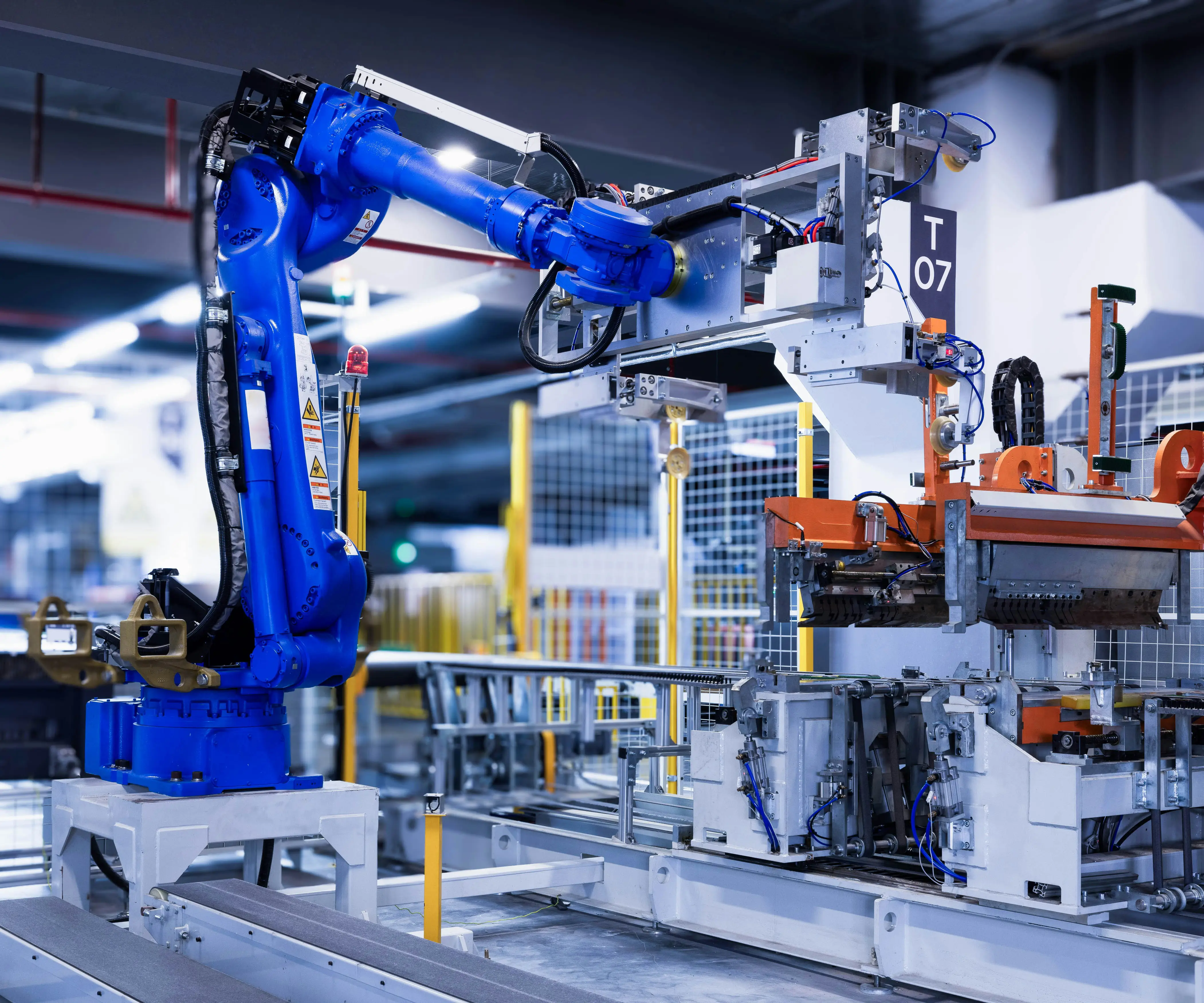When your curiosity about robotics, automation, or DIY electronics sparks, one of the first hurdles many enthusiasts encounter is the cost of essential components—particularly servo motors. Among these, the SG90 servo motor often emerges as a fan favorite, beloved for its balance between affordability, size, and functionality. But what exactly makes the SG90 stand out in a crowded market, and what comprises its price tag?

The SG90 servo motor has carved a niche as one of the most budget-friendly and reliable options for hobbyists, educators, and even budding professionals. Its affordability makes it an ideal choice for those dipping their toes into robotics, offering a tangible way to bring mechanical projects to life without breaking the bank. But behind the seemingly simple price point lies a complex web of factors influencing its cost.
One of the main draws of the SG90 is its compact size. Measuring just about 22.8mm x 12.2mm x 28.5mm, it’s tiny enough to fit into projects with tight spaces—think quadcopters, robotic arms, or small-scale automation systems. This size advantage also means less material cost during manufacturing, which naturally contributes to its lower price. Yet, small size doesn't mean sacrificing functionality; the SG90 provides precise control over its movement, making it versatile despite its miniature form.
Next, there's the manufacturing process. Most SG90s are produced in large-scale factories across China and other parts of Asia, where mass production significantly reduces per-unit costs. Economies of scale are a common contributor—when hundreds of thousands of units roll off the assembly line, the cost per unit drops drastically. This is why SG90s are often sold at a fraction of the price of more industrial-grade servos.
Material quality is another critical element. While the SG90 is often made with plastic gears and lightweight components, these materials are carefully selected to withstand typical hobbyist use. The plastic gears, while less durable than metal gears, are sufficient for most educational and light-duty applications. This choice of materials embodies a cost-effective balance—providing durability without escalating the price.
However, price isn’t solely determined by production costs. Market demand plays a crucial role. The SG90 has gained popularity among students, educators, and DIY enthusiasts, leading to a highly competitive market. This high demand motivates manufacturers and sellers to keep prices low, often through online marketplaces, wholesale suppliers, and direct purchasing platforms. The accessibility provided by e-commerce means hobbyists can buy dozens of these tiny servos at a time, further driving down the individual price.
Importantly, the surge in online shopping has been a game-changer. Platforms like AliExpress, Banggood, Amazon, and eBay offer SG90 servo motors at remarkably low prices, sometimes as little as a few dollars per unit—highlighting how market dynamics and technological advances have democratized robotics components. But beware—price variances can sometimes point to differences in quality, authenticity, and even counterfeit products. Because of this, many seasoned hobbyists suggest purchasing from reputable vendors or brands that guarantee quality and after-sales support rather than merely opting for the lowest price.
Another factor to consider when evaluating the SG90 price is the inclusion of features like torque and speed. The standard SG90 typically offers a torque ranging from approximately 1.2kg/cm to 1.8kg/cm, with a rotation range of about 180 degrees. These specifications contribute to its affordability—servos with higher torque, greater durability, or specialized features naturally carry higher prices. When selecting an SG90, users must understand their project requirements to balance cost with performance. Often, the low price is sufficient for applications where high precision or heavy loads aren't necessary.
Furthermore, the potential for bulk buying significantly impacts price. Educational institutions, robotics clubs, and commercial manufacturers often purchase SG90s in large quantities, securing discounts and reducing the cost per piece. This bulk purchasing power makes the SG90 not just a cheap servo but also a scalable solution for larger projects and production runs.
While new and surplus units of SG90 servo motors are generally available at low prices, it's worth considering the trade-offs. Occasionally, extremely cheap options might be older stock, refurbished items, or counterfeit products with compromised quality. These can sometimes lead to performance issues, such as jitter, inconsistency in movement, or even motor failure. Therefore, setting a reasonable budget and choosing reliable suppliers remains vital for worthwhile investment.
In summary, the price of the SG90 servo motor is influenced by multiple factors: manufacturing costs, raw materials, economies of scale, market demand, and sales channels. Its miniature size, balanced performance, and widespread availability make it a go-to choice for countless DIY projects and educational purposes. However, understanding the nuances beneath the price tag ensures you make informed decisions—whether you're buying single units for a hobby or bulk orders for a project.
Stay tuned for part two, where we'll explore how to evaluate different SG90 models, compare prices across sources, and tips to get the best bang for your buck in the ever-evolving world of robotics components.
Kpower has delivered professional drive system solutions to over 500 enterprise clients globally with products covering various fields such as Smart Home Systems, Automatic Electronics, Robotics, Precision Agriculture, Drones, and Industrial Automation.




































